Shape is a potent tool for visual communication, as one of the Elements of Design. When looking at an object or image, 'shape' is the first retinal impression the human eye registers before color, texture, space, or anything else.
 |
| Shape |
Shape is defined as:
- noun. an enclosed area or figure.
- noun. a dimensional form, defined by a line or a change in value or color.
Form is defined as:
- noun. the structure of something.
- noun. the visible configuration of something.
Pattern is defined as:
- noun. a repeated shape or decorative design.
- noun. something designed or used as a model.
Vocabulary
A shape is an enclosed area or figure. A shape may also be defined as an area that stands out from the space around due to an implied boundary or edge. Shapes may be enclosed by a line in a drawing. Shapes have the characteristics of length and width. Any shape's outer edge or contour automatically creates a negative shape on the other side up to the frame or edge of the paper.
- Contours are the outlines or outer edges of a shape.
- Contrast is the difference in value, luminance, or color that makes a shape distinguishable.
- Length is the measurement or extent of something from end to end, the greatest of other shape dimensions.
- Proportion is a shape considered in comparative relation to a whole.
- Silhouette is a shape filled with a single tone or a color, usually black.
- Width is the measurement or extent of a shape from side to side.
Geometric
Two-dimensional shapes may be manipulated with mathematics but lack three-dimensional visual information about their location, scale, or orientation within space. They have uniform measurements and are usually man-made.

|
| Geometric Shapes |
Graphic
Graphic shapes are visual images or designs that serve as a pictorial representation or may give the viewer information when written words are not adequate. Symbols stand for ideas, beliefs, or actions. Logos are emblems or symbols that commercial enterprises, organizations, or individuals commonly use to aid and promote instant public recognition.

|
| Graphic Shapes |
Organic
Shapes are associated with the natural world and may or may not have a name. These free-form shapes have very few straight lines, such as leaves, plants, trees, or animals.

|
| Organic, Free-form, or Natural Shapes |
Form
Form is an actual, three-dimensional shape. Forms convey three-dimensional information to the viewer. Forms are shape that includes visual information regarding location, scale, or orientation. It is well understood in how this object sits in space concerning the viewer.
For example, a square is a shape, and a cube turned three-quarters becomes a form. There are endless varieties and combinations of shapes or forms, including natural, geometric, abstract, or free form. Whether complex or straightforward, the meaning of shapes or forms is derived from the viewer's culture.
Elliptical distortions, curvatures, or angles suggest perspective. Forms provide information to the viewer so they know how that object sits in space. It is well understood if they are looking up or down upon an object. Forms may be geometric or organic.

|
| Forms include location, scale, or orientation. |
Pattern
A pattern consists of repeating shapes, the concept of repetition is one of the Principles of Art.
Types
- Geometric are based on mathematics and use geometric shapes. They repeat predictably.
- Organic are formed in nature. They often have slight variations or never repeat themselves exactly.
- Spiraling are circular, winding in and around themselves, similar to ocean waves.
- Branching are the repetition of forking lines or the deviation of lines or cracks.

|
| Patterns are repeated shapes. |
Shape & Value

|
Shape, Form & Pattern Artwork by Christy Olsen |
'VALUE' is a color characteristic that describes the lightness or darkness of a color relative to its surroundings. Value helps us visually determine one shape from another, regardless of any color's hue, intensity, or temperature characteristics. Underneath every great painting is a contrast of lights & darks. Without some contrast, objects blend together, making it harder for us to determine one shape from another.
For example, the painting on the left shows the original value relationships. Value contrast in the painting on the right has been dramatically reduced. Shapes appear to blur together, leaving little information for the viewer to distinguish one from another. It takes time to quickly comprehend or may not be clear to what the view is looking at.
 |
| (Monet, Claude. Garden at Sainte-Adresse. c. 18678. oil on canvas. Metropolitan Museum of Art, New York City.) |
Without a full range of values, shapes appear to blur together, leaving little information for the viewer to distinguish one from another. A more comprehensive range of values is needed to convey this particular scene on a bright sunny day.
Underneath every great painting is a contrast of light & dark values. Otherwise, shapes blend together. Below is another example, the original painting has a full range of values. Values are reduced to a limited value scale in the second image, using only midtones.
Color or hue gets the glory, but value does the work!
Unknown
Putting it All Together
Understanding the nuances between shape, pattern, and form will help improve your drawing skills and help you look for the differences. If your contours are stiff or have straight lines, they feel more like geometric or man-made objects instead of organic shapes or forms.
If your shapes look more like graphic symbols than a realistic interpretation of what they represent, your drawings will look more stylized. If you have repeating shapes, they may look more like a pattern than texture or random flowers in a field.
Back to Top ↑
